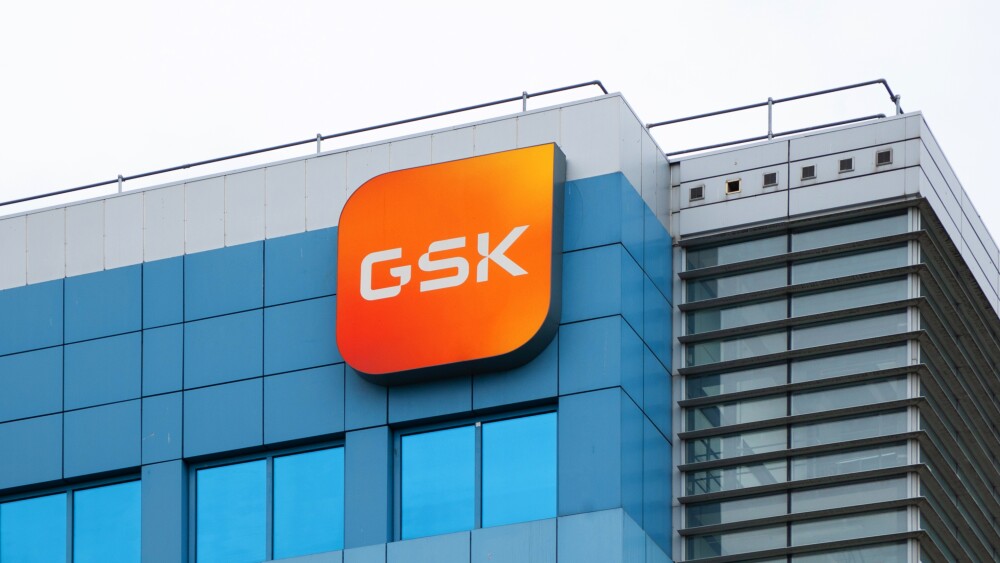A new survey from CRB showed that most manufacturing initiatives in the U.S. made in response to tariffs are coming from Big Pharma companies, while smaller biotechs are left to hope “the situation doesn’t get worse.”
A majority of life sciences companies in the U.S. have not changed their attitudes toward investments in response to President Donald Trump’s repeated threats of tariffs against the pharmaceutical industry, according to a new report from research group CRB.
In a survey of more than 400 biopharma executives, CRB’s 2025 Horizons Life Sciences Report, published Tuesday, found that 58% of companies had not changed their strategies in response to tariffs. That number rose to 73% when just considering start-ups, “as many race to deliver on their products, without the flexibility to either pause or accelerate” on the manufacturing side, the report states.
Perhaps most telling of all was a 370% expected increase among survey respondents of large negative effects from U.S. federal policy and staffing changes, like widespread layoffs at the FDA, on new drug and biologic license applications.
Since the beginning of Trump’s second term, the president has also made various tariff threats, both against the industry broadly and against specific regional sectors. The threats have resulted in a 15% import tariff on pharmaceuticals from Europe, while broader tariffs as high as 250% have been threatened, with 100% levies once expected to start on Oct. 1 before being pushed back last week.
Larger companies in the broader life sciences space, however, are accelerating investments with particular focus on the U.S., the report found. Those companies—in particular, U.S.-based corporations with 10,000 or more employees—were 35% more likely to be accelerating investments in the U.S. than any other company. Half of large life sciences companies reported speeding up their investments in the U.S. in response to tariffs.
Motivated by the threat of tariffs, a suite of Big Pharmas have pledged large manufacturing investments: Pfizer last week promised $70 billion, while earlier in the year, when the president was first making tariff threats, Johnson & Johnson pledged $55 billion, while Eli Lilly said it would invest $27 billion.
“Smaller biotechs have fewer levers to pull, so instead they sort of just have to carry on and just hope that the situation doesn’t get worse,” John Stanford, executive director of Incubate, a coalition of life sciences investors, who was not involved in the report, told BioSpace. “Larger companies have access to tools and resources that are exclusive to multi-billion dollar multinationals.” At smaller biotechs, “those CEOs just don’t have enough hours in the day,” Stanford said.
“The large manufacturers can pull levers related to the debt markets or levers related to stockpiling, and many did stockpile in anticipatory fashion,” he continued.
Smaller companies, on the other hand, are not sitting on larger reserves of cash. They also lack sophisticated logistics networks and are therefore much more at the mercy of rising costs due to tariffs.
“If you think of these biotechs that have no revenue, their burn rate just goes up as the cost of doing things goes up. The only lever they have is to fundraise more, go back to people and explain why their burn rate is going up,” Stanford said. “And those conversations are happening right now.”
Despite that, executives responding to CRB’s survey expected North American manufacturing growth to be the third largest over the next five years, trailing behind Asia and Europe as the regions with the first and second highest expectations for growth, respectively.
Even with growth in the U.S., there are nevertheless signs of pullbackin the plans of North American companies; 29% have slowed investments and decision making, while another 27% have placed their business plans on hold altogether in response to market uncertainty caused by both tariffs and inflation. Only 12% of North American companies are accelerating capital plans.
The Trump administration’s other moves are also making waves in executives’ minds. Of the execs surveyed, 22% said the administration’s proposed cuts to NIH funding had already led to “large negative impacts,” with that number increasing to 41% when asked how these cuts could affect the future.






